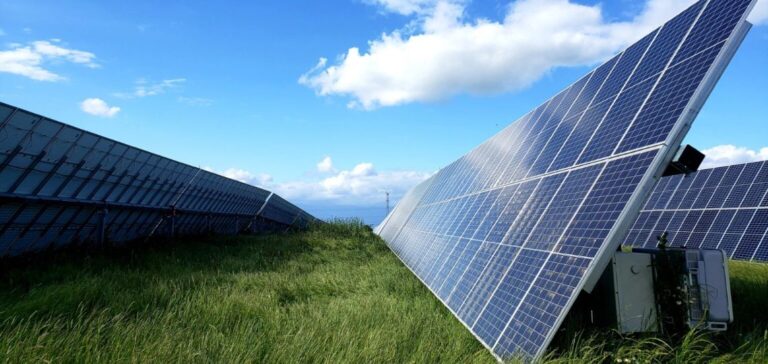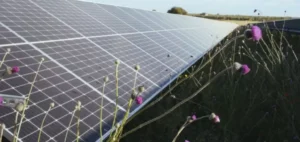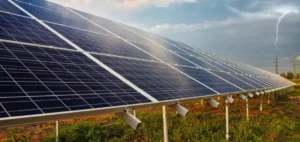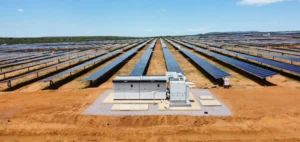Chinese manufacturer ZNShine Solar has announced the delivery of 54.648 MW of bifacial solar modules for the Signal Ranch Solar project, a 67 MW photovoltaic facility located in Quinlan, Texas. The project was co-developed by Adapture Renewables and Belltown Power, with engineering, procurement and construction (EPC) carried out by US-based SOLV Energy. Project financing was completed on 15 December 2023 through a non-recourse structure arranged by EastWest Bank.
Bifacial technology and improved performance
The modules supplied by ZNShine Solar are high-efficiency 550 W monocrystalline bifacial panels featuring dual-glass and multi-busbar technology. This design replaces traditional back sheets with a glass surface, allowing higher energy output by capturing sunlight from both sides of the module. The manufacturer reports a 30-year operational lifespan with annual degradation below 0.5%.
According to ZNShine Solar, the technology provides a 15–25% higher energy yield compared to standard monofacial modules. The panels are certified for use in extreme environments, including 85% relative humidity, temperatures up to 85°C, and sandstorms, supporting their economic viability in hot and arid locations.
Strategic deployment and project partners
The project is located at BT Signal Ranch, northeast of Dallas, a region where solar power is expanding due to available land and high solar irradiance. The choice of high-efficiency modules aims to optimise land use and energy output over the operating contract duration.
ZNShine Solar’s involvement in this project strengthens its presence among North American large-scale solar developers and highlights the continuing trend of cooperation between Asian manufacturers and US-based project sponsors. This collaboration model remains a key component of the global photovoltaic supply chain.






















